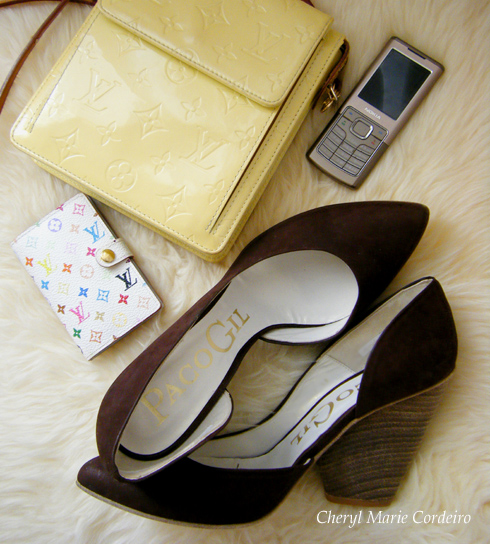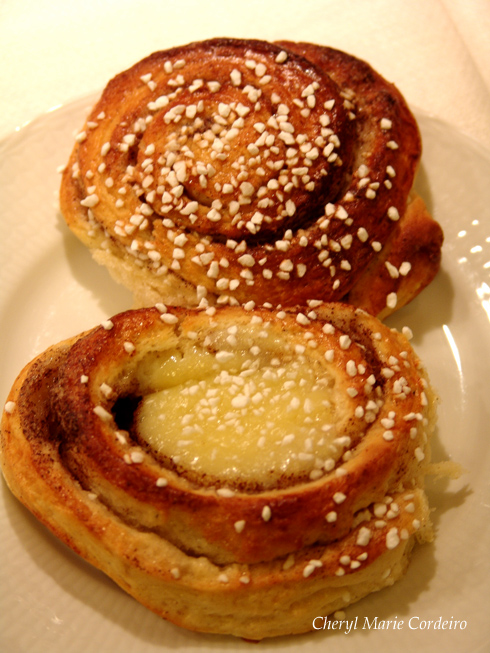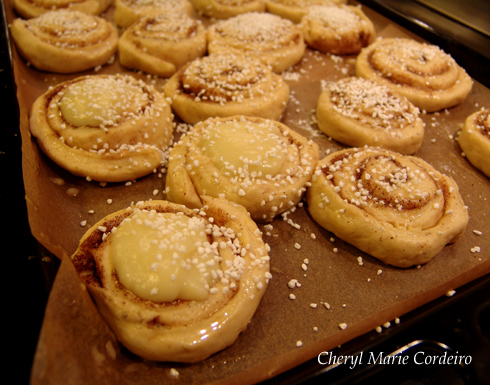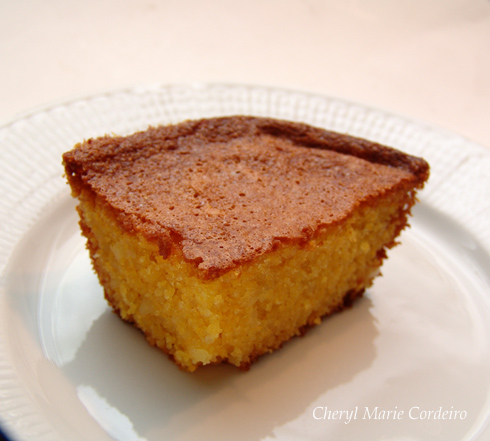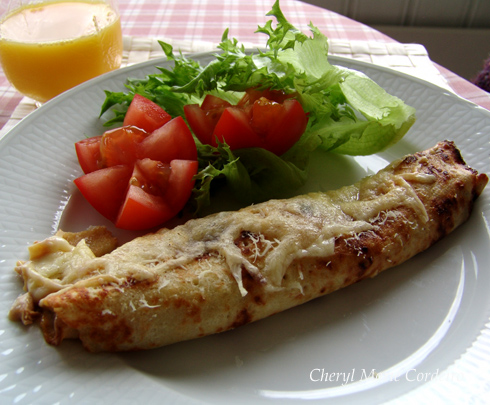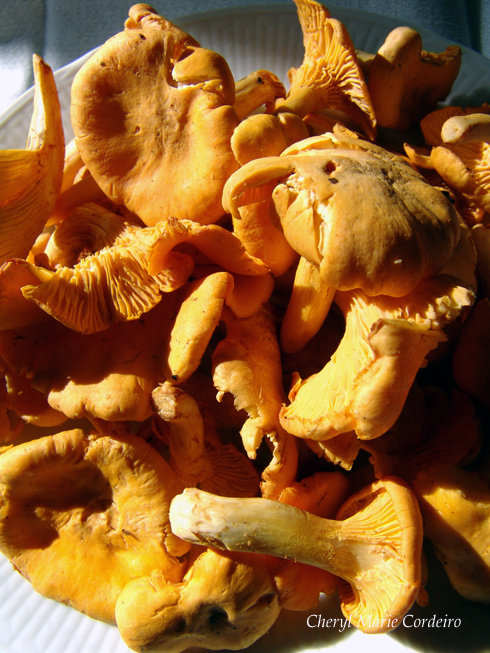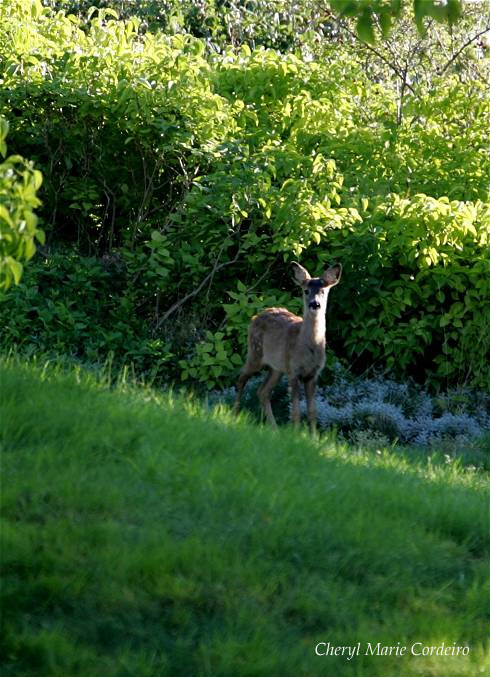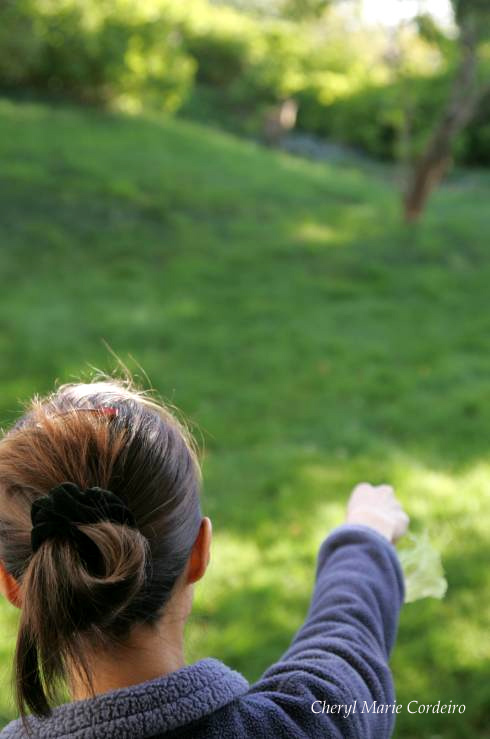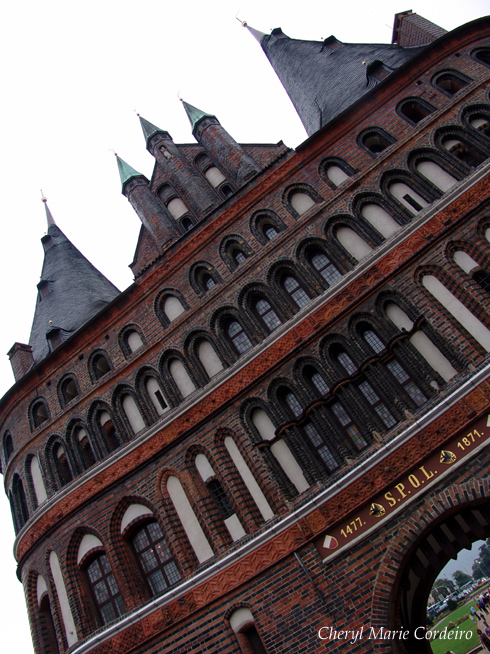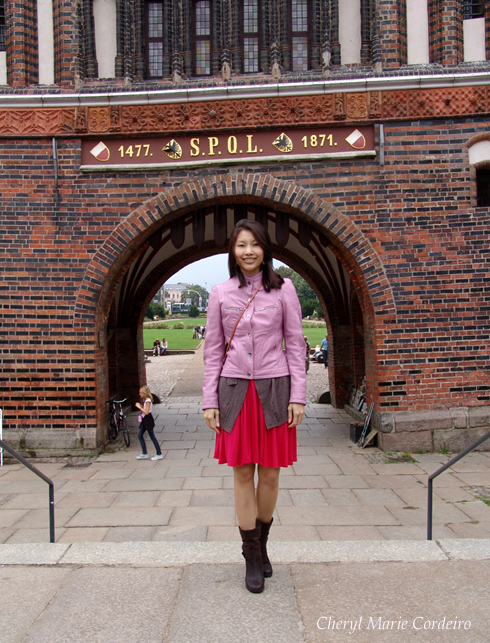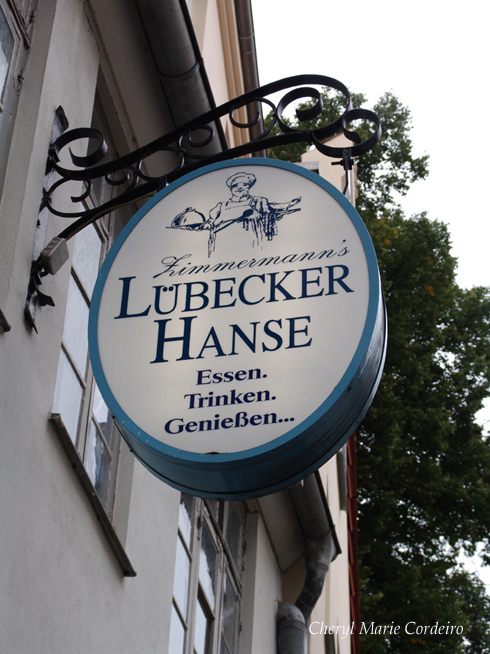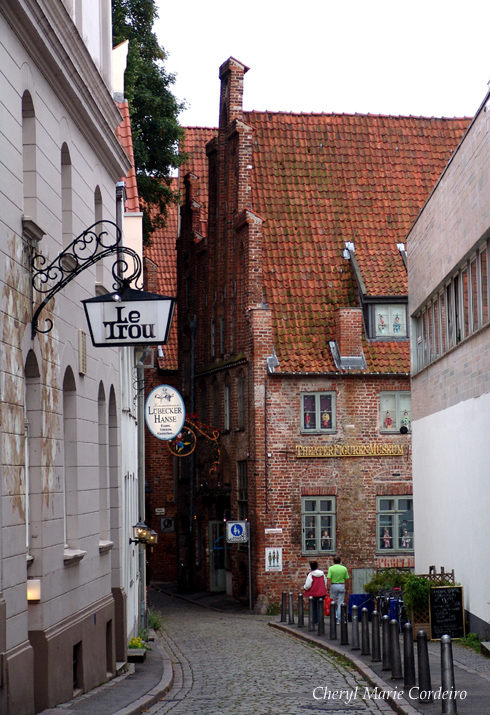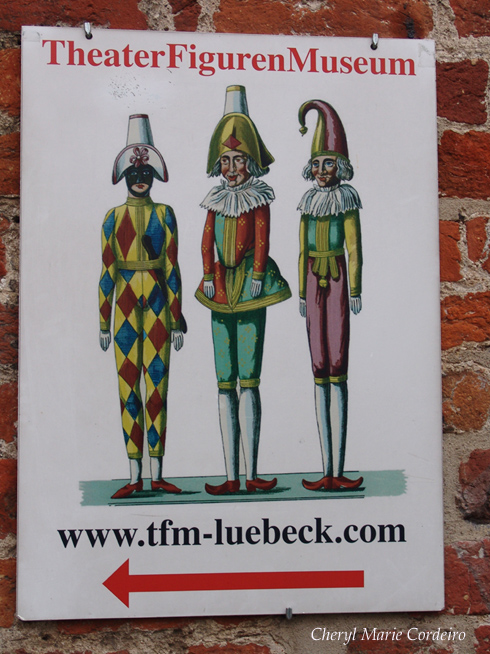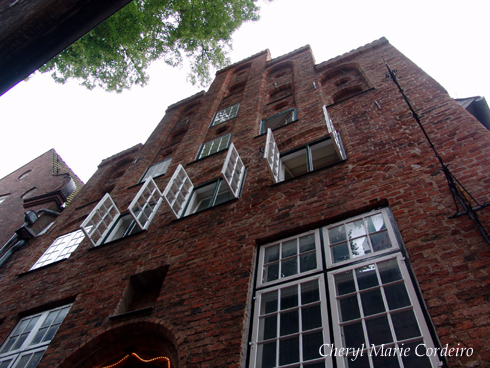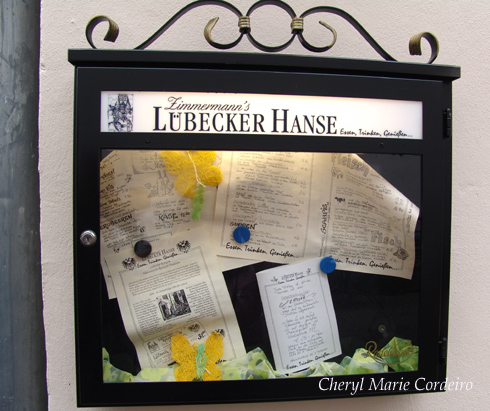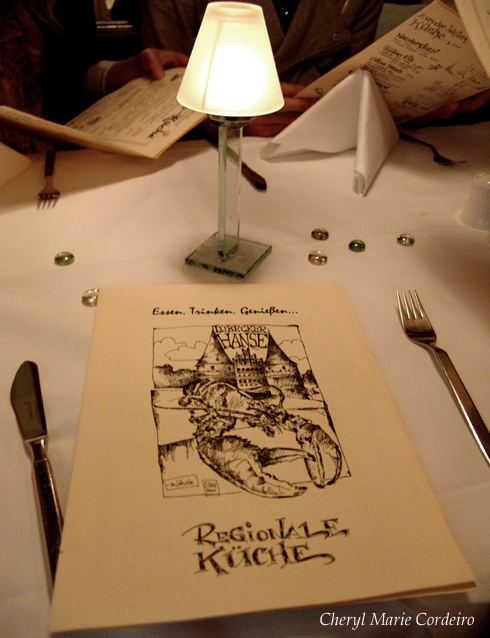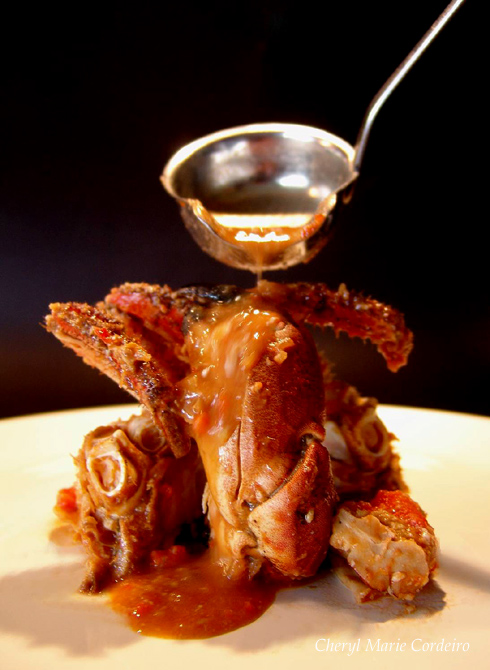
North Sea “krabbtaskor”, Cancer Pagurus served as Singapore Chilli crabs
Photos © Jan-Erik Nilsson, Cheryl M. Cordeiro-Nilsson for CMC, 2009
If you happen to live in any of the Nordic countries and so close to the sea that you can buy fresh crabs from the local fishermen, the Swedish “North Sea” crabs (Cancer Pagurus) are at their most delicious during the last three months of the year. The most popular way to cook and serve them in Sweden is, as simple as possible. Cook for 15 minutes with a dash of salt and a handful of dill seeds. Tidy up, crack open and serve with white bread, some extra rock salt and butter.
While I do love the simplicity of the Swedish version of crabs, I had begun to crave something spicier after the August crayfish celebrations, and the first thing I thought of when I got my hands on these Volvo of crabs was – Chilli Crabs!
A close second was to make Bakwan Kepiting, a Peranakan crab and porkball soup, but the former won hands down on my palate craving for the moment.
There are certainly many ways to cook Singapore Chilli Crabs, whether you find them at Changi Village, Punggol or along the East Coast in Singapore. Here’s what I used for my Swedish version of Singapore Chilli Crabs:
Ingredients
-
About 3 large Swedish Cancer Pagurus crabs (estimate 1 crab per person. See picture for size)
Vegetable oil for stir-frying
3 cloves garlic
3 fresh red chilli, roughly chopped
1 inch ginger
1 cup of water,
2-3 cups of crab stock from the crab bath
1 cup tomato ketchup,
Chilli sauce or chilli paste, according to taste
3 tbsp sugar, or according to taste,
1 1/2 tsp cornflour,
1 tbsp pounded brown preserved soya beans,
1/4 tsp salt
This sauce is really tasty and you can stretch the dish to serve more by just increasing the amount of sauce and serve with white bread…
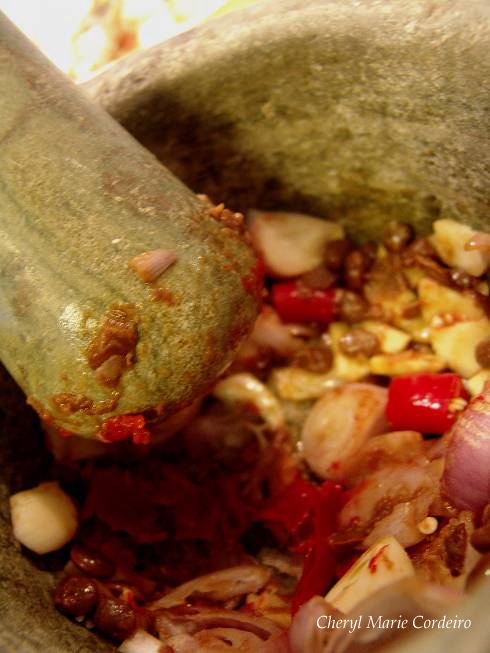
The ingredients to the gravy, pounded. Somehow blending is just not the same.
